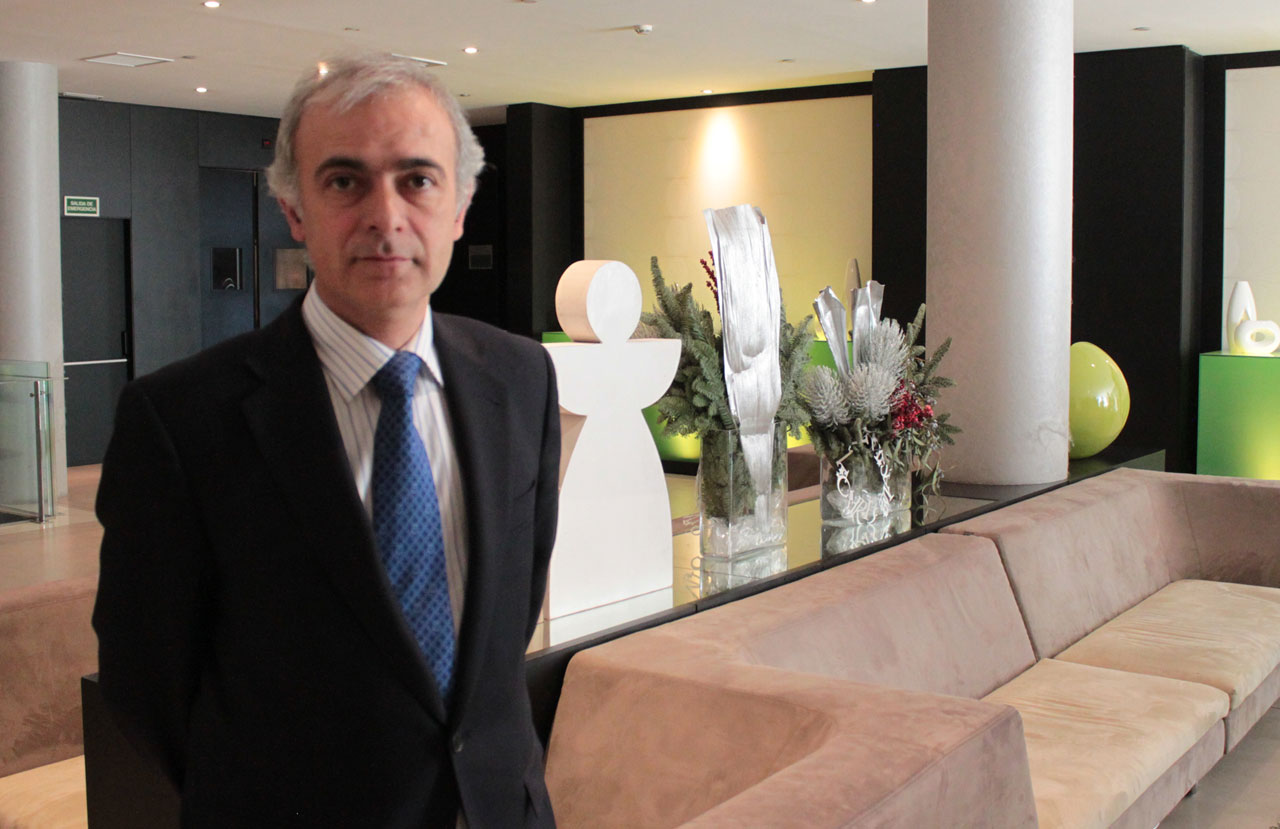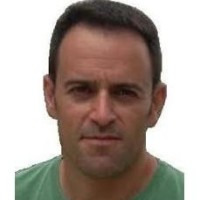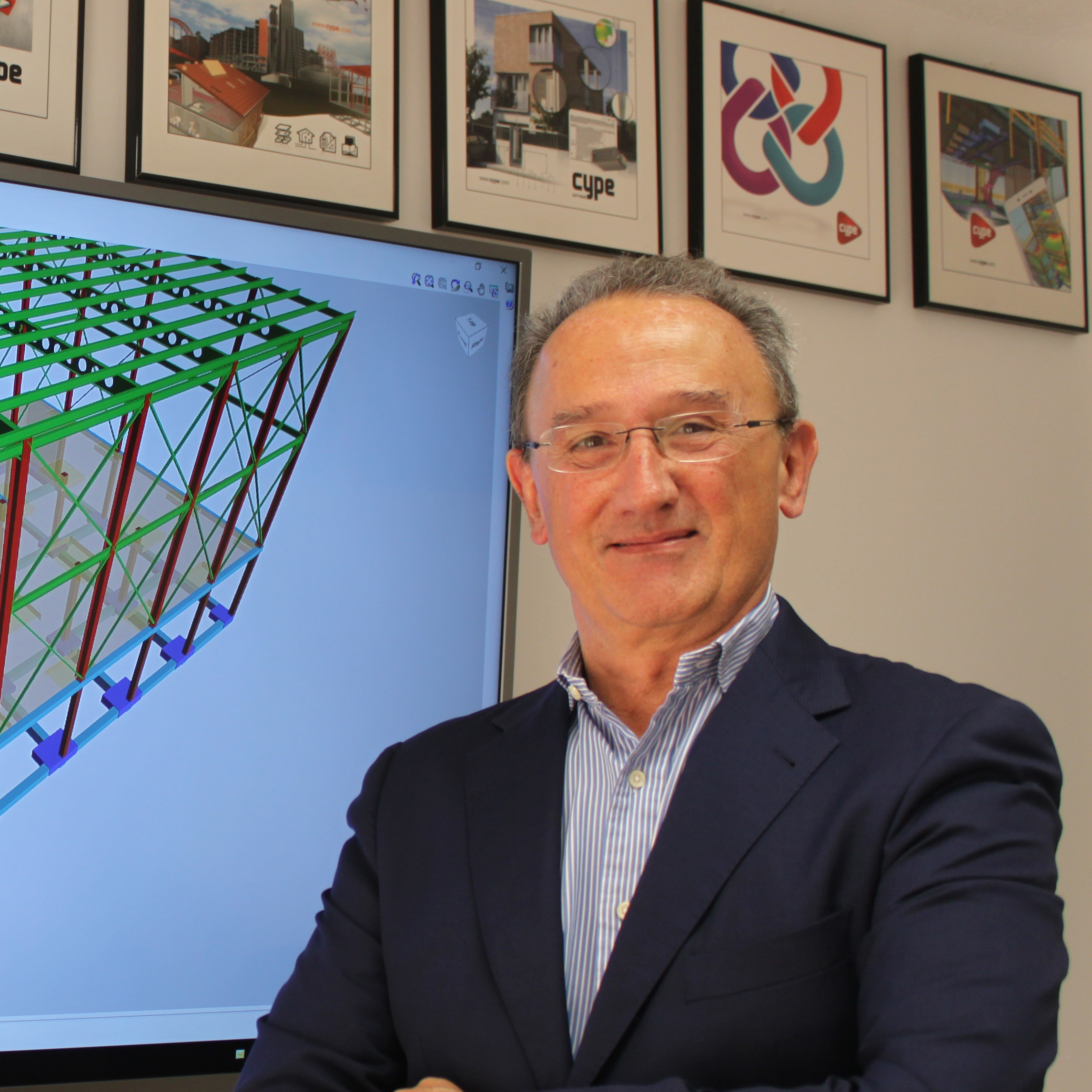The Eduardo Torroja Institute for construction sciences IETcc is a centre of the Spanish research council CSIC, and part of the material technology and science Area. Its main function is to carry out scientific research and technological development in the field of construction and its materials. This objective is achieved through the development of R&D&I projects, financed by the national research plan, the European Union and Spain's autonomous communities, as well as through research contracts with companies in the construction industry. The IETcc is currently participating in the 3D CONS project, whose objective is to develop new 3D printing systems for renovating building envelopes through direct printing and the manufacture of "on demand" prefabricated elements (without the need for moulds or formwork), among others.
What role does the Eduardo Torroja Institute play in the 3D CONS project?
We are a public research organisation working to support different tasks with a threefold mission: generating knowledge (research), providing technical support to companies and transferring technology. In 3D CONS, we work in different areas and our institute has three main researchers: Carmen Andrade, Esperanza Menéndez and myself. The three of us, along with other IETcc-CSIC members, work on different lines. More specifically, we are working on materials, technology and evaluation.
What are Instituto Eduardo Torroja's contributions to this project?
We were chosen mainly for our versatility, as we are present in different areas of knowledge as a consolidated research centre in the field of materials. This acquired experience has given us the possibility to participate in different tasks in a compact way. It is a major challenge for us to participate in a leading technological innovation such as 3D CONS. In addition to materials and technology, the Eduardo Torroja Institute has been evaluating innovation in construction since the 1960s through its Technical Unit Document, so we also participate as an evaluation department. On the other hand, we have worked helping the Spanish Ministry of Development in the development of the Spanish building code CTE, so we are very familiar with the regulations that have to be complied with for building.
Regarding these materials, one of the objectives of 3D CONS is that they are manufactured in situ. Have you already solved the issue of the materials setting high up, almost instantly and on-site?
The world of building materials is very advanced. Together with the companies participating in 3DCONS, we are using a lot of the basic technology that already exists. The truth is that in order to be printable, materials have to undergo variations and innovations. In this sense, many of the tests that we have already carried out and those that are being carried out in the project prove that the current materials are no longer suitable, as they have to behave optimally as extrusion materials, while at the same time showing an adequate behaviour when placed on-site that allows them to be sustained. This isn't easy, but if it were, it wouldn't be a leading research project.
So, what conclusions have you drawn from the tests you have carried out on the materials?
The materials part of the project is already well underway. In this part, which corresponds to milestone 1, the Eduardo Torroja Institute is working on different types of materials, cement-based materials and mixtures of various materials. The University of Burgos is working on the formulation of gypsum-based products with different additives. We have carried out several tests and, with the materials we have worked with, we can say that creating new building materials adapted to large-scale 3D printing is completely possible and achievable.
Could these materials you are talking about be described as new?
They are, but it is important to note that they are composite and contain existing materials. In this respect, it must be said that in the world of cement and mortar, there are all kinds of materials where additives play a very important role. With these materials that we are working on to achieve the right in-situ behaviour and setting, there is a technological challenge that we are trying to meet.
How do you feel about the introduction of 3D printing in construction? Has it been a long time coming?
The fact that 3D printing is being used in construction is something totally normal and logical. It is already being used in other fields such as medicine, the aerospace industry or automotive components. It is only logical that printing has also found its way into construction elements.
Is the 3D CONS project more focused on new buildings or on renovations?
I think it works both ways. In fact, prefabricated elements are for new buildings, but in the case of printing on existing buildings, it is clearly oriented towards renovation.
What is the current state of development of the 3D CONS project?
In the generation of knowledge, technology and reflections, we are far ahead of where we could be. Progress has been very good and very fast. The consortium has an important complementary role and the collaboration of all participants is extremely good. In fact, if we do things right in terms of the technology used, I think we will have results earlier than expected, allowing us to optimise the project. In my opinion, I believe we will be able to achieve more than what we initially set out to do.
Compared to other countries that are also researching 3D printing applied to construction, what is Spain's role?
I think that, from what we know about the other projects, some of the challenges we face are different. Spain won't be the only country printing concrete in the world. That would be pretentious and absurd. But the important thing is that this technology is available to companies, and they aren't just Spanish, they are multinational companies. In this sense, and when the technology is developed, it won't matter whether the work is carried out in Spain or in the United States. Therefore, I think it is perfectly normal that there are other research projects in the world related to 3D printing in construction because competition in research is not a bad thing, but actually a good thing.





